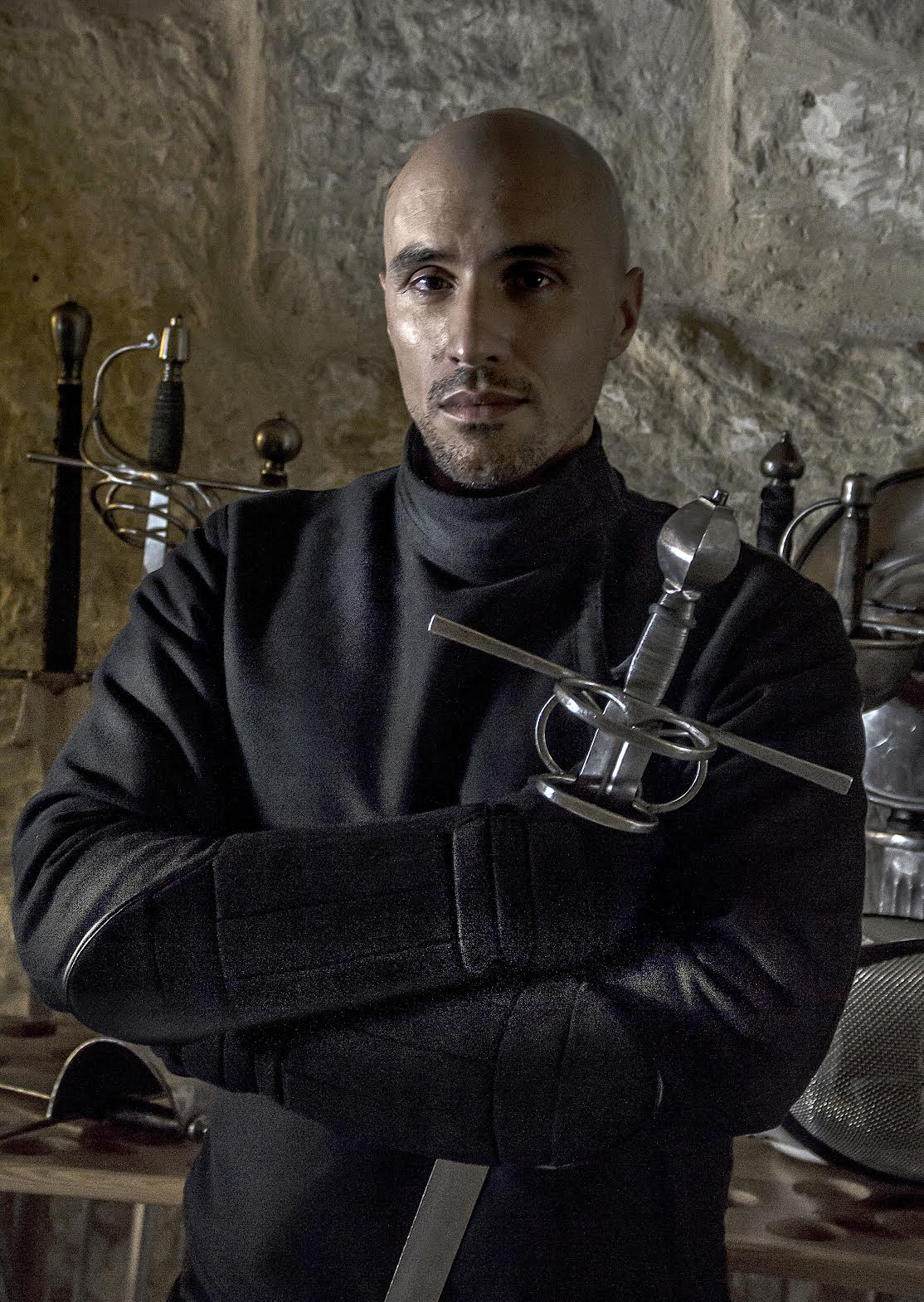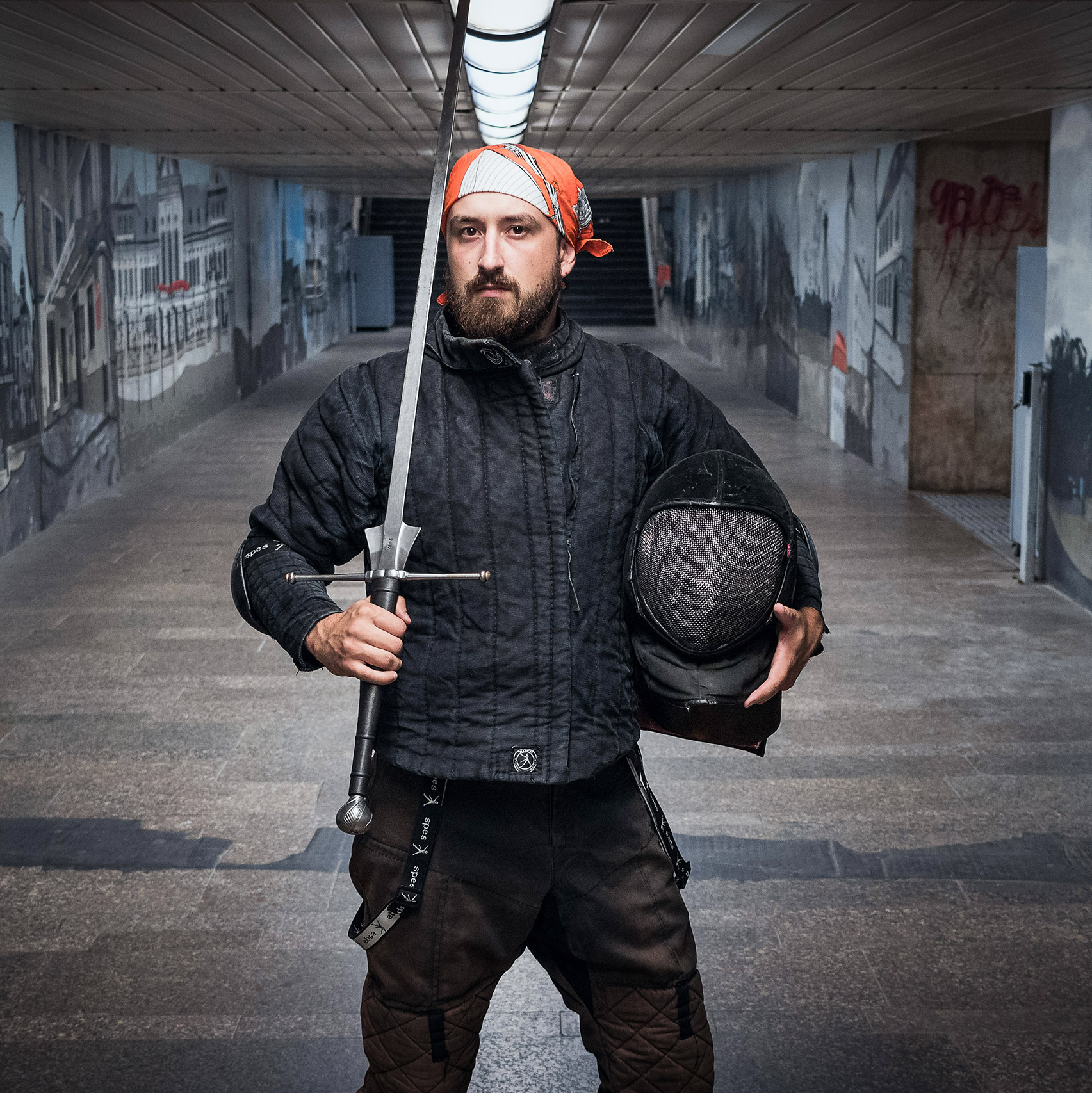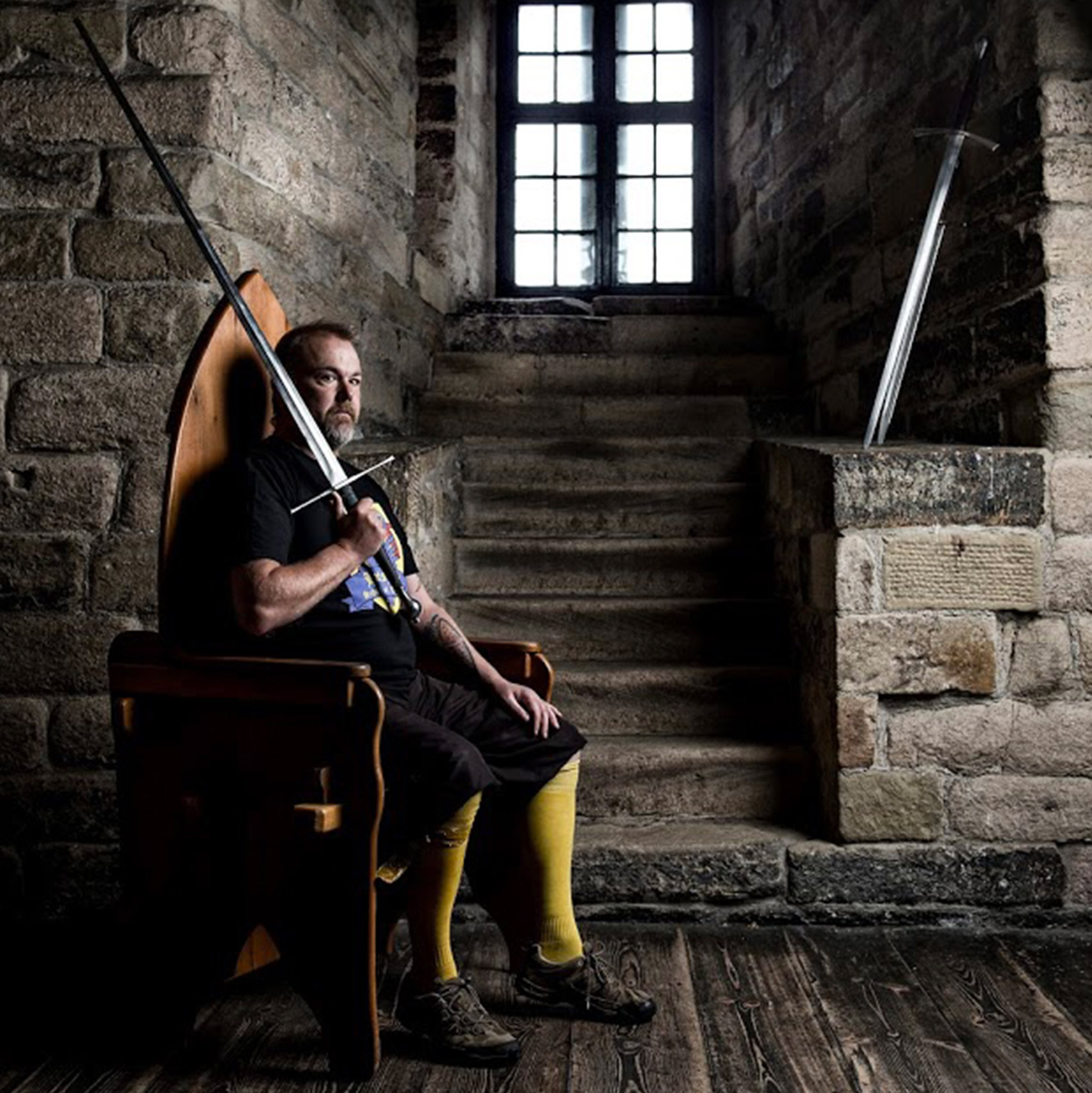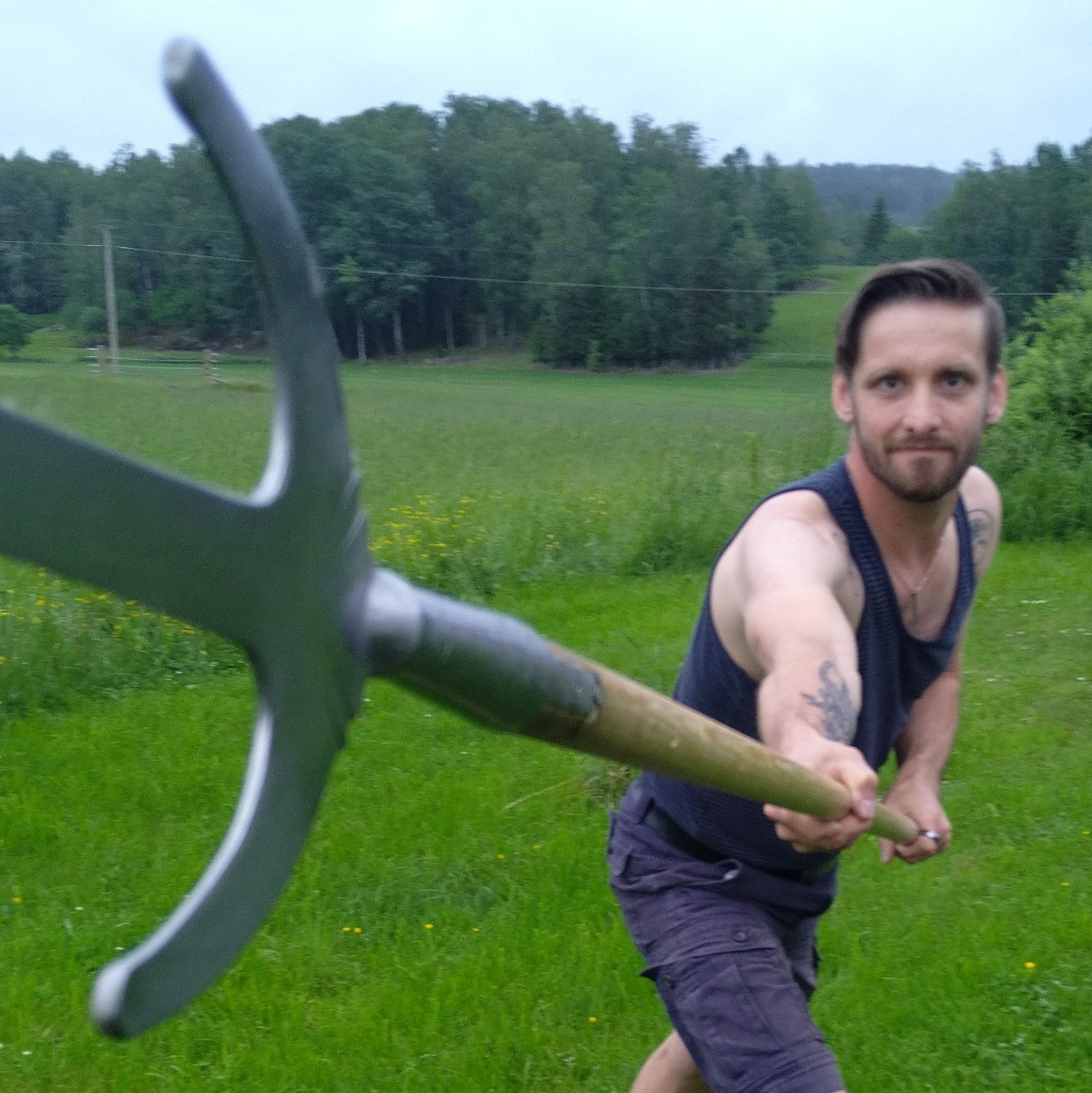“Versatility with the Sidesword”
From the battlefield to the civilian environment, the 16th century sidesword is a very versatile weapon that can withstand strong attacks, while at the same time being nimble enough to engage in some finer techniques.
In this workshop we will explore it’s basic characteristics, and the way we deal with our opponent in different situations both in proper fencing distance as well as close quarter distance.
Necessary equipment Sidesword or Arming Sword or Early rapier, Fencing Mask, Torso protection and gloves.
Biography
Andrei Xuereb is the person responsible for the introduction of HEMA in the Maltese islands, having founded the Mithras Swordfight Club in 2005 and the Malta Historical Fencing Association in 2009. From a sport fencing background since 1997, Andrei later totally devoted himself to the research and practice of Historical Fencing and European Martial Arts. Since 2006 he has been a student of the methods taught by his teacher Andrea Lupo Sinclair, founder and technical director of FISAS.
After years of regular attendance in events and teaching academies organized by FISAS, in 2014 Andrei passed public examinations under the FISAS four weapon system. He is the first non-Italian student to be qualified in the FISAS system and also the first instructor in Malta to be qualified in Historical Fencing.
He teaches classes in Longsword, Sidesword, Rapier, sabre and partizan as well as weapon combinations like rapier & dagger, rapier & cape, sidesword & dagger and sidesword & rotella.








